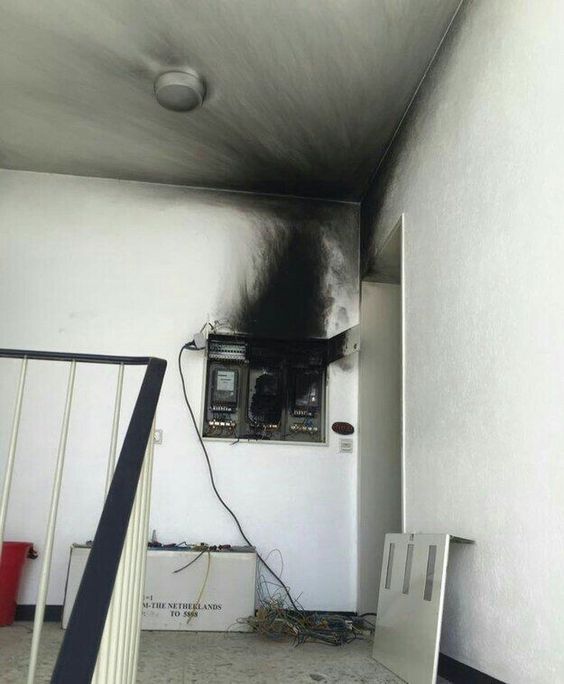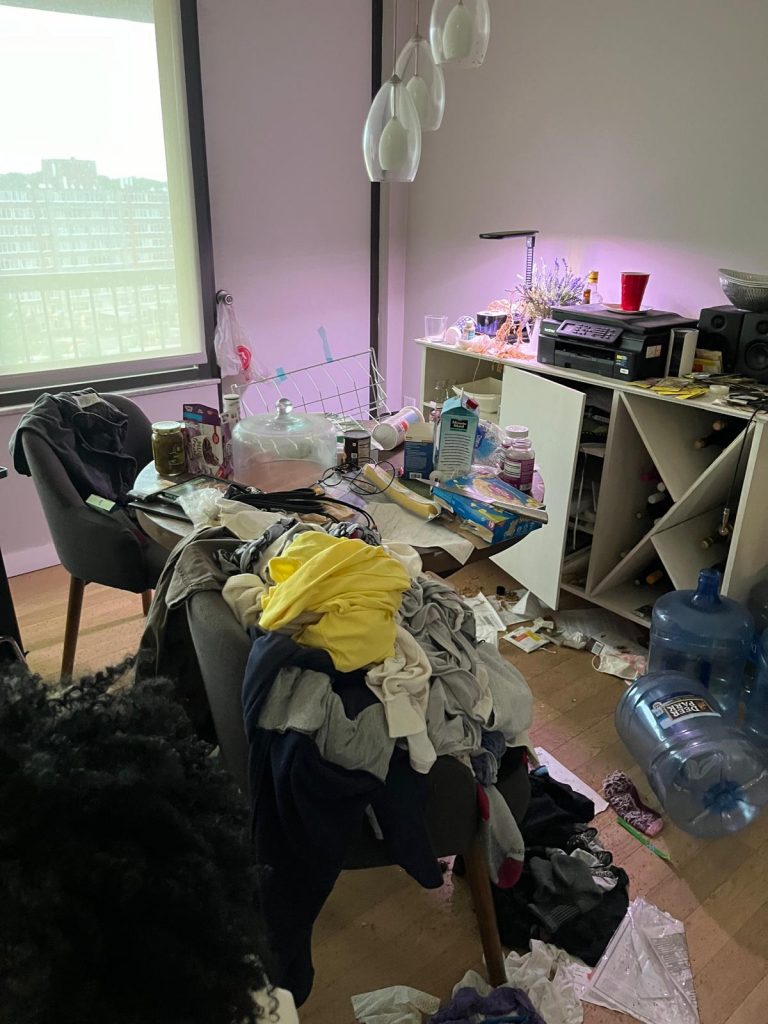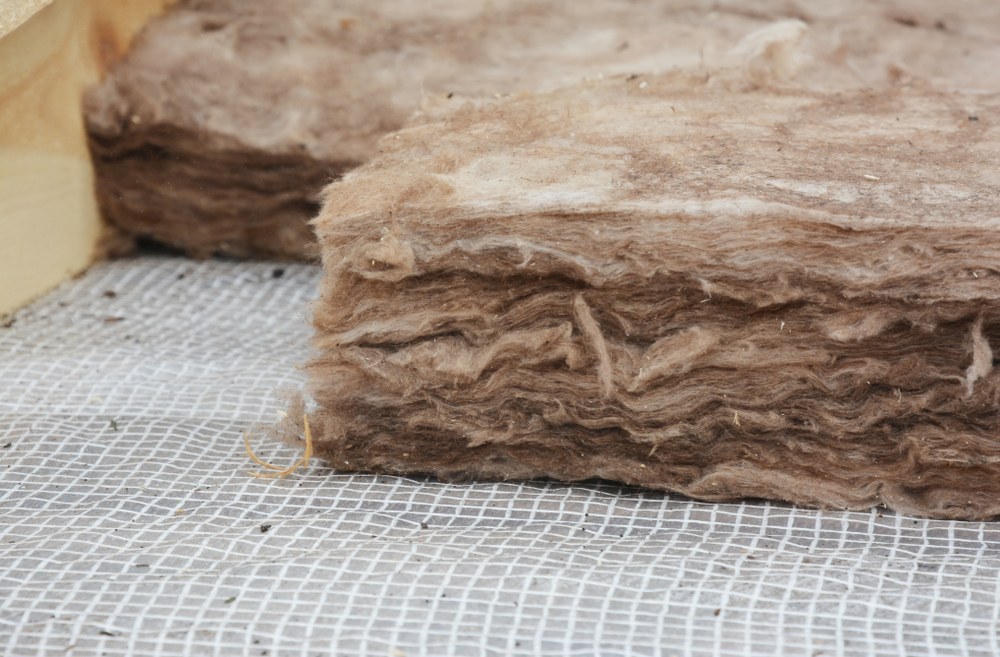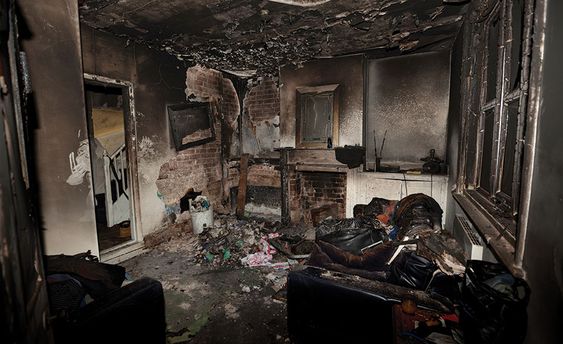
Fire damage soot is a powdery black substance composed of amorphous carbon. It results from incomplete combustion during fires and can be challenging to clean due to its microscopic particles that settle into surfaces’ nooks and crannies.
Fire damage can result in various types of soot, each with distinct characteristics. Here are some common types:
- Wet Smoke: Occurs from low-temperature fires and leaves a sticky residue with strong odors. It’s challenging to clean due to its composition
- Dry Smoke: Arises from high-temperature fires and leaves fine, powdery soot. Dry smoke is less sticky but can still cause significant damage
- Protein Smoke: Often invisible, it discolour paints and varnishes. It’s common in kitchen fires where proteins burn
- Fuel Oil Soot: Results from furnace puff backs and contains oily particles. It can be stubborn to remove

When dealing with fire damage soot, proper cleaning techniques are essential. Here are some effective methods for cleaning fire damage soot, including tips from PuroClean:
Walls and Ceilings:
Dry Cleaning: Use dry chemical sponges or a dry cloth to gently remove loose soot from walls and ceilings. Avoid using water or liquid cleaners, as they can cause the soot to smudge
Upholstery and Fabrics:
Vacuuming: Use a vacuum cleaner with a brush attachment to remove loose soot from upholstery and fabrics
Hand–WashingClothing: For fire-damaged clothing, hand-wash the items for the first two to three washings to prevent soot oils from contaminating subsequent loads of laundry
Baking Soda Paste:
Create a paste by mixing a tablespoon of baking soda with water.
Apply the paste to soot stains, let it sit for a few minutes, and wipe it off with a damp cloth or sponge.
Remember to prioritize safety during clean-up by wearing protective gear and ensuring proper ventilation. PuroClean professionals can provide invaluable assistance in restoring your property after fire damage.



 PuroClean of San Clemente
PuroClean of San Clemente